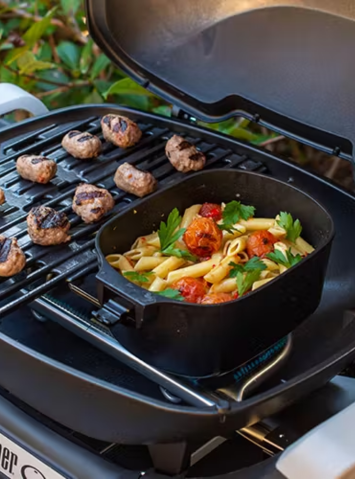All 4x4 Compressor & Tyre Accessories Products
4x4 Compressor & Tyre Accessories
You never know when you might get a flat or have a puncture, so it’s best to be prepared. Having a puncture repair kit in your car can save you a lot of hassle. It’s not just about fixing the tyre, it’s about having a backup. What if you run out of gas? Having a gas can (or extra gas can) in your car can go a long way when you need it. These are all must-have items in your car because you can’t predict when they might come in handy. Puncture repair kits are great for emergencies and in the event that you get stuck somewhere, you have a kit to help you out.
4x4 Compressor & Tyre Accessories
Tyre Inflators
What are the benefits of using tyre inflators?
- Accuracy — You can control the pressure in which you want to inflate the tyres.
- Convenience — You don’t have to get out of the car or bike. You can inflate with the help of remote control.
- Safety — Remote controlled tyre inflators are safer than manual ones.
- Ease of use — Most of these tyre inflators are one-click operations. You don’t have to read how to use them. They are very easy to use.
What to look for in a tyre inflator
- Automatic shut-off — When the required pressure is reached, the inflator should shut off itself. This is a very important feature as it prevents over-inflation.
- Convenient — You must be able to store it anywhere in your car or outside. The size and weight must be convenient.
- Gas type — You must decide whether you want to inflate with gas or pressurized air.
- Pressure gauge — Every good tyre inflator must have a pressure gauge. This will help you in determining the required pressure for each tyre.
- Remote control — You must be able to inflate tyres from a distance using a remote
Tyre Deflators
Tyre deflators are mainly used to reduce the tyre pressure to increase the contact patch on the road. The higher the contact patch, the better the grip. They are also used to adjust tyre pressure during weather changes. For example, during snowy or icy conditions, you may want to increase the tyre pressure to get a better grip.
When should you use Tyre Deflators?
You should use tyre deflators when you want to adjust your tyre pressure according to the prevailing weather conditions. You may also want to use tyre deflators to reduce the tyre pressure during low-speed driving.
How to use Tyre Deflators
There are several ways to use tyre deflators. You can either buy a tyre with a built-in deflator or install a separate one on your vehicle. Most of tyre deflators work with air pressure. It means that you will need an air compressor to use them.
Puncture & Tyre Repair Kits
A good tyre repair kit should contain everything that is needed to fix a flat tire in the event of an emergency. It should contain all the tools that are needed to change a flat tyre, such as a jack, and also the necessary materials to fix a flat tyre. It should contain all the materials that may be needed to fix a tyre, such as a can of tyre sealant and a can of puncture sealant.
Tyre Compressors
Tyre compressors are machines designed to inflate car and truck tires. They can be either electric or powered by gas. To use them, you just plug them into your car’s 12 volt outlet and then stick the nozzle into your tire to start the process. They are a convenient way to keep your tires at the right pressure for safe driving. There are many benefits to using a tyre compressor compared to other ways of filling your tires.
Tyre Pressure Monitoring
Whether you drive a truck or a family car, it’s important to keep track of the pressure in your tyres. Monitoring the pressure of your tyres not only improves your car’s gas mileage, but it also helps to keep you safe on the road. You can track the pressure of your tyres with a dash-mounted gauge or an app on your phone. If you have a car with a tire monitoring system, you can also keep track of the pressure in your tyres through that system. You’ll want to keep an eye on the recommended pressure on the manufacturer’s sticker on the door post of your car. Most cars require the tyres to be inflated to 36 psi. You can also keep track of the weather, as the temperature has a significant impact on how much pressure your tyres need. When the weather is hot, your tyres need more pressure to keep them from overheating.
















